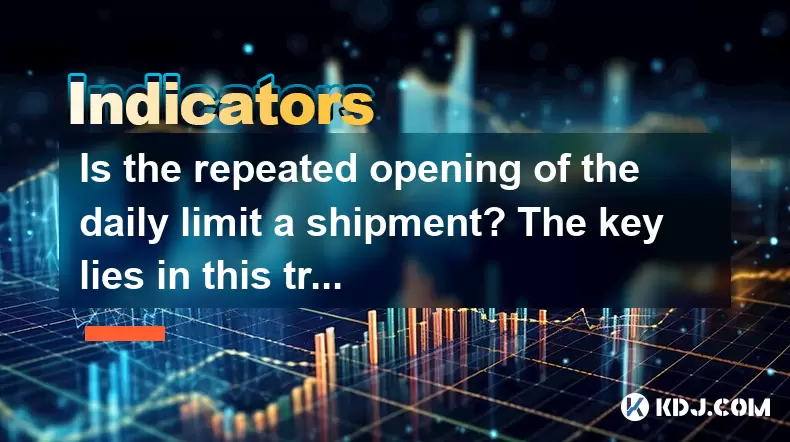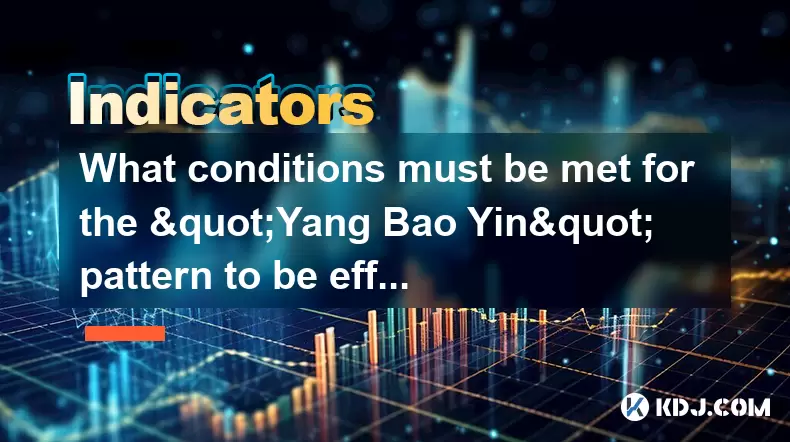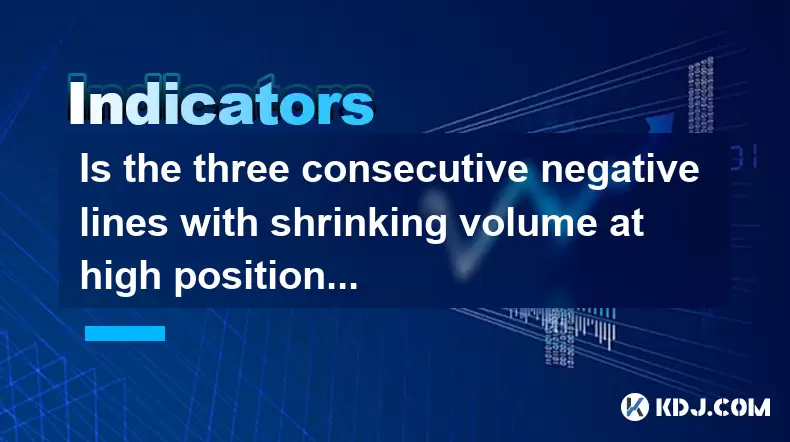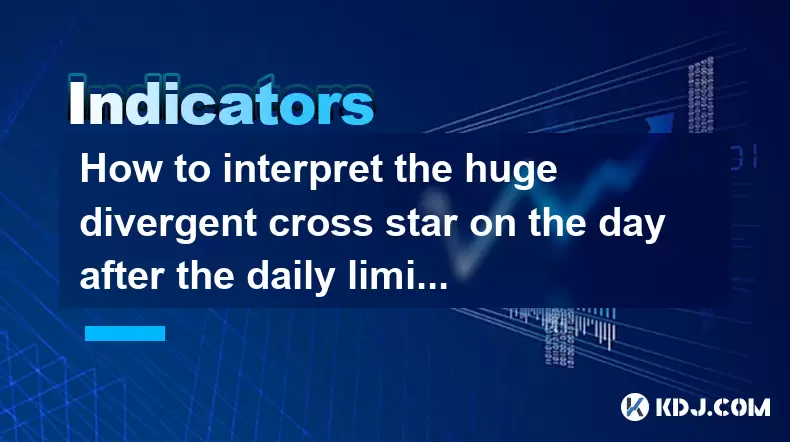-
 Bitcoin
Bitcoin $105,053.8967
0.28% -
 Ethereum
Ethereum $2,536.9103
0.49% -
 Tether USDt
Tether USDt $1.0004
0.01% -
 XRP
XRP $2.1735
1.51% -
 BNB
BNB $650.9659
-0.36% -
 Solana
Solana $146.0013
1.03% -
 USDC
USDC $1.0000
0.01% -
 Dogecoin
Dogecoin $0.1776
1.66% -
 TRON
TRON $0.2700
-1.20% -
 Cardano
Cardano $0.6367
0.08% -
 Hyperliquid
Hyperliquid $41.5154
4.36% -
 Sui
Sui $3.0303
1.00% -
 Bitcoin Cash
Bitcoin Cash $436.0395
5.03% -
 Chainlink
Chainlink $13.1926
-0.32% -
 UNUS SED LEO
UNUS SED LEO $9.0306
-0.41% -
 Stellar
Stellar $0.2595
0.37% -
 Avalanche
Avalanche $19.1528
0.37% -
 Toncoin
Toncoin $3.0008
1.46% -
 Shiba Inu
Shiba Inu $0.0...01218
4.24% -
 Hedera
Hedera $0.1597
4.06% -
 Litecoin
Litecoin $86.1907
2.88% -
 Polkadot
Polkadot $3.8078
-0.27% -
 Ethena USDe
Ethena USDe $1.0005
0.02% -
 Monero
Monero $315.3789
0.26% -
 Dai
Dai $0.9999
0.01% -
 Bitget Token
Bitget Token $4.5446
0.46% -
 Pepe
Pepe $0.0...01114
4.48% -
 Uniswap
Uniswap $7.3261
1.15% -
 Pi
Pi $0.5867
5.21% -
 Aave
Aave $276.8268
-2.40%
Is the repeated opening of the daily limit a shipment? The key lies in this trading volume!
Repeated daily limit breaches in crypto may signal manipulation, especially when paired with low volume or suspicious order book activity.
Jun 12, 2025 at 11:56 am

Understanding the Daily Limit Mechanism in Cryptocurrency Trading
In cryptocurrency trading, the daily limit refers to a price control mechanism employed by certain exchanges or blockchain projects to restrict how much an asset's price can fluctuate within a single trading day. This is typically used for newer or less liquid tokens to prevent extreme volatility and speculative manipulation.
When a token hits its daily upper or lower price boundary, it is said to have reached its daily limit, effectively halting further price movement until the next trading session. The repeated opening of this limit—where prices repeatedly hit and then rebound from the cap or floor—is often interpreted as a potential signal of market dynamics at play.
Key Insight: Repeated daily limit openings are not inherently indicative of "shipment" (a term implying large-scale dumping or selling off of holdings), but they do warrant closer scrutiny of volume patterns and order book behavior.
The Role of Trading Volume in Assessing Market Activity
The trading volume during these limit breaches becomes crucial in determining whether the phenomenon is part of natural market behavior or something more coordinated like shipment.
High volume during a daily limit breach suggests strong participation and genuine interest from buyers or sellers. Conversely, low volume may indicate artificial pressure or manipulation. When the price repeatedly hits the daily limit with low trading volume, it may point to wash trading or spoofing, where fake orders create the illusion of demand or supply.
- High volume on upward limit breaches: Could suggest real buying pressure and accumulation.
- Low volume on downward limit breaches: May imply forced selling without actual takers, possibly signaling manipulation.
How to Analyze Order Book Depth During Daily Limit Breaches
To determine if repeated daily limit openings are due to shipment, traders should examine the order book depth during such events.
An order book displays all buy and sell orders for a particular cryptocurrency at different price levels. A healthy market will show a balanced distribution of buy and sell orders. However, during a possible shipment scenario, you might observe:
- Sudden spikes in large sell orders just below or at the daily limit price level.
- Lack of corresponding buy orders to absorb the sell pressure, leading to rapid price drops.
- Thin liquidity above or below the current price, which allows small trades to push the price dramatically.
This kind of pattern indicates that someone is trying to move the market deliberately rather than reflecting organic demand.
Examining On-Chain Metrics for Shipment Signals
Beyond exchange-based data, on-chain metrics can provide deeper insights into whether a token’s repeated daily limit breaches are linked to shipment.
Monitoring large wallet movements through blockchain explorers or analytics platforms can reveal whether substantial amounts of a token are being moved between wallets or sent to exchanges. If there is a consistent pattern of large transfers preceding daily limit breaches, it could support the hypothesis of orchestrated selling.
- Increase in number of large transactions prior to daily limit breaches.
- Rise in exchange inflows from whale addresses before price caps or floors are triggered.
- Drop in holder count or increase in dormant addresses becoming active again.
These signals help paint a clearer picture of whether the market is reacting organically or being manipulated.
Technical Analysis Tools That Help Identify Manipulation Patterns
Using technical indicators can also assist in identifying whether repeated daily limit breaches are part of normal price action or potential shipment activity.
One effective method involves overlaying volume profile charts or Volume Weighted Average Price (VWAP) onto candlestick charts. These tools highlight areas where most trading activity has occurred and can expose anomalies when price moves occur without corresponding volume.
- Divergence between price and VWAP during daily limit breaches may suggest unnatural price movement.
- Volume-by-Price spikes far from current price can indicate hidden orders or wash trading.
- Unusual candle wicks or shadows during limit breaches may reflect spoofed orders.
These technical clues help traders differentiate between legitimate market shifts and potentially manipulative practices.
Frequently Asked Questions
Q: Can daily limits be removed after a token matures?
Yes, some projects or exchanges choose to remove daily limits once a token achieves sufficient liquidity and stability. This decision is usually made transparently and communicated via official announcements or smart contract upgrades.
Q: How can I check historical daily limit breaches for a specific token?
You can use exchange-specific APIs or third-party crypto analysis platforms like CoinGecko, CoinMarketCap, or CryptoCompare. Look for historical price data and filter for days where the price touched the upper or lower bound of allowable movement.
Q: Does every project implement daily limits?
No, daily limits are not standard across all cryptocurrencies. They are typically introduced by newer projects or smaller exchanges to manage volatility. Larger-cap assets traded on major exchanges rarely use such mechanisms.
Q: What is the difference between a daily limit and circuit breaker in crypto?
A daily limit restricts price movement within a set range per trading day. A circuit breaker, on the other hand, temporarily halts trading entirely if price swings exceed predefined thresholds, regardless of the time frame.
Disclaimer:info@kdj.com
The information provided is not trading advice. kdj.com does not assume any responsibility for any investments made based on the information provided in this article. Cryptocurrencies are highly volatile and it is highly recommended that you invest with caution after thorough research!
If you believe that the content used on this website infringes your copyright, please contact us immediately (info@kdj.com) and we will delete it promptly.
- Rexas Finance (RXS), Sui (SUI), Shiba Inu (SHIB), and Hedera (HBAR): 4 Cryptos to Watch in 2024
- 2025-06-14 21:50:12
- As Over $90 Billion in TVL Remains Untapped, a New Generation of Crypto Companies Emerges
- 2025-06-14 21:50:12
- Mutuum Finance (MUTM) Pre-Sale Raises $7.3M Awaiting 20% Cost Increase to $0.03
- 2025-06-14 21:45:12
- USD/CAD Depreciates as US Dollar Remains Subdued
- 2025-06-14 21:45:12
- Tariff Tensions Reinforce JPY Safe-Haven Appeal
- 2025-06-14 21:40:13
- President Trump's upcoming 100-day speech has attracted great attention in the cryptocurrency field.
- 2025-06-14 21:40:13
Related knowledge

How to calculate the probability of trend continuation after the MACD column divergence?
Jun 14,2025 at 08:01am
Understanding MACD Column DivergenceThe Moving Average Convergence Divergence (MACD) is a widely used technical indicator in cryptocurrency trading. The MACD column, also known as the histogram, represents the difference between the MACD line and the signal line. When price makes a new high or low but the MACD histogram does not confirm this movement, a...

What are the volume requirements for adjusting the K line in the "rising three methods" pattern?
Jun 14,2025 at 07:50am
Understanding the 'Rising Three Methods' Pattern in Cryptocurrency TradingThe 'rising three methods' pattern is a bullish continuation candlestick formation that traders often use to identify potential upward momentum in cryptocurrency price charts. This pattern typically appears during an uptrend and suggests that the trend is likely to continue after ...

What conditions must be met for the "Yang Bao Yin" pattern to be effective?
Jun 14,2025 at 06:42am
Understanding the 'Yang Bao Yin' Pattern in Cryptocurrency TradingThe Yang Bao Yin pattern is a candlestick formation commonly observed in technical analysis within the cryptocurrency market. This pattern typically signals a potential bullish reversal after a downtrend. However, for this pattern to be effective and reliable, certain conditions must be m...

Is the three consecutive negative lines with shrinking volume at high positions a signal that the main force has finished shipping?
Jun 14,2025 at 09:56am
Understanding the Concept of Three Consecutive Negative LinesIn cryptocurrency trading, three consecutive negative lines refer to a situation where an asset's price chart shows three successive candlesticks with closing prices lower than their opening prices. This pattern typically indicates bearish sentiment in the market. When this occurs at high posi...

Is it an opportunity for the long positive line with large volume to break through the platform and then shrink back?
Jun 14,2025 at 04:42am
Understanding the Long Positive Line with Large VolumeIn technical analysis, a long positive line refers to a candlestick pattern where the closing price is significantly higher than the opening price, often indicating strong buying pressure. When this occurs alongside large volume, it suggests that market participants are actively involved in pushing t...

How to interpret the huge divergent cross star on the day after the daily limit?
Jun 14,2025 at 02:35pm
Understanding the Divergent Cross Star PatternIn the realm of technical analysis within cryptocurrency trading, candlestick patterns are essential tools for predicting price movements. One such pattern is the divergent cross star, which appears as a doji or near-doji candle following a significant price move. When this pattern occurs the day after a dai...

How to calculate the probability of trend continuation after the MACD column divergence?
Jun 14,2025 at 08:01am
Understanding MACD Column DivergenceThe Moving Average Convergence Divergence (MACD) is a widely used technical indicator in cryptocurrency trading. The MACD column, also known as the histogram, represents the difference between the MACD line and the signal line. When price makes a new high or low but the MACD histogram does not confirm this movement, a...

What are the volume requirements for adjusting the K line in the "rising three methods" pattern?
Jun 14,2025 at 07:50am
Understanding the 'Rising Three Methods' Pattern in Cryptocurrency TradingThe 'rising three methods' pattern is a bullish continuation candlestick formation that traders often use to identify potential upward momentum in cryptocurrency price charts. This pattern typically appears during an uptrend and suggests that the trend is likely to continue after ...

What conditions must be met for the "Yang Bao Yin" pattern to be effective?
Jun 14,2025 at 06:42am
Understanding the 'Yang Bao Yin' Pattern in Cryptocurrency TradingThe Yang Bao Yin pattern is a candlestick formation commonly observed in technical analysis within the cryptocurrency market. This pattern typically signals a potential bullish reversal after a downtrend. However, for this pattern to be effective and reliable, certain conditions must be m...

Is the three consecutive negative lines with shrinking volume at high positions a signal that the main force has finished shipping?
Jun 14,2025 at 09:56am
Understanding the Concept of Three Consecutive Negative LinesIn cryptocurrency trading, three consecutive negative lines refer to a situation where an asset's price chart shows three successive candlesticks with closing prices lower than their opening prices. This pattern typically indicates bearish sentiment in the market. When this occurs at high posi...

Is it an opportunity for the long positive line with large volume to break through the platform and then shrink back?
Jun 14,2025 at 04:42am
Understanding the Long Positive Line with Large VolumeIn technical analysis, a long positive line refers to a candlestick pattern where the closing price is significantly higher than the opening price, often indicating strong buying pressure. When this occurs alongside large volume, it suggests that market participants are actively involved in pushing t...

How to interpret the huge divergent cross star on the day after the daily limit?
Jun 14,2025 at 02:35pm
Understanding the Divergent Cross Star PatternIn the realm of technical analysis within cryptocurrency trading, candlestick patterns are essential tools for predicting price movements. One such pattern is the divergent cross star, which appears as a doji or near-doji candle following a significant price move. When this pattern occurs the day after a dai...
See all articles

























































































